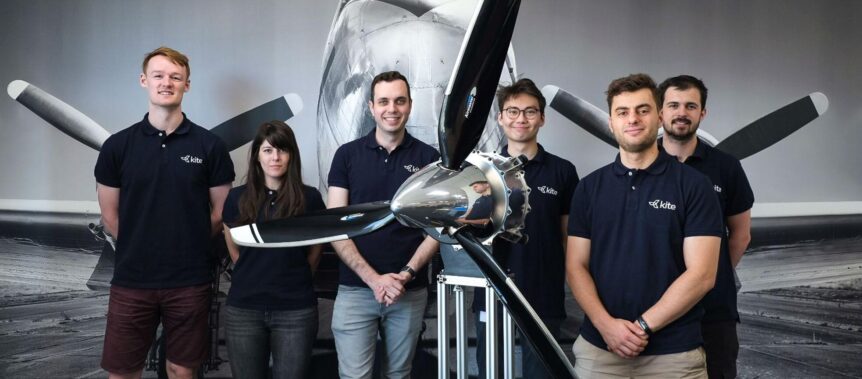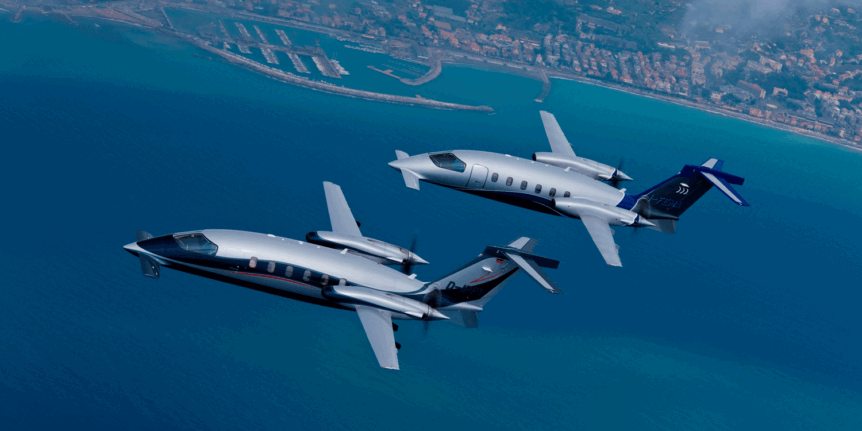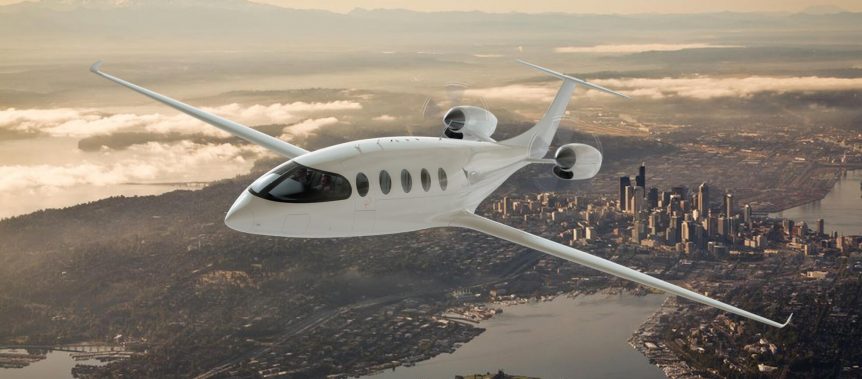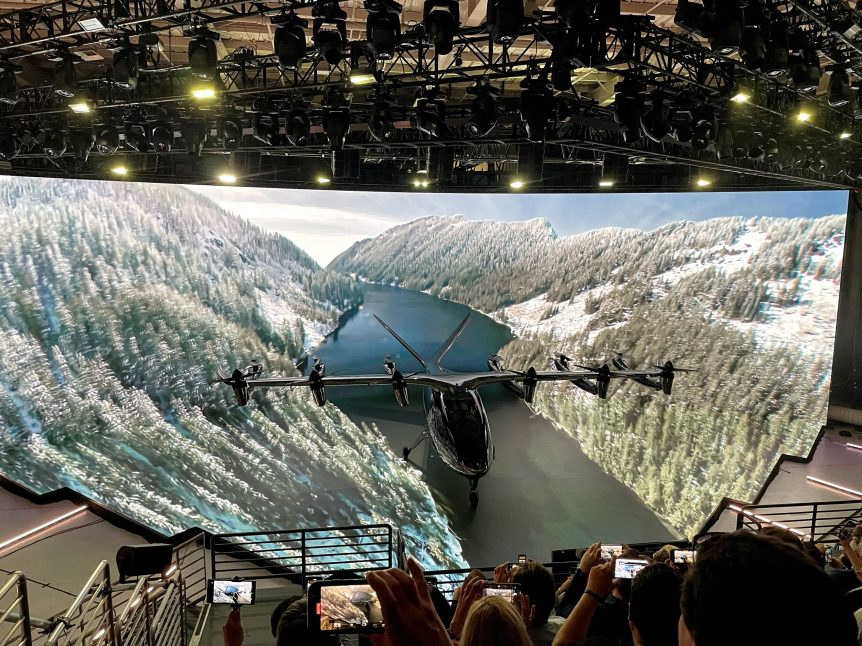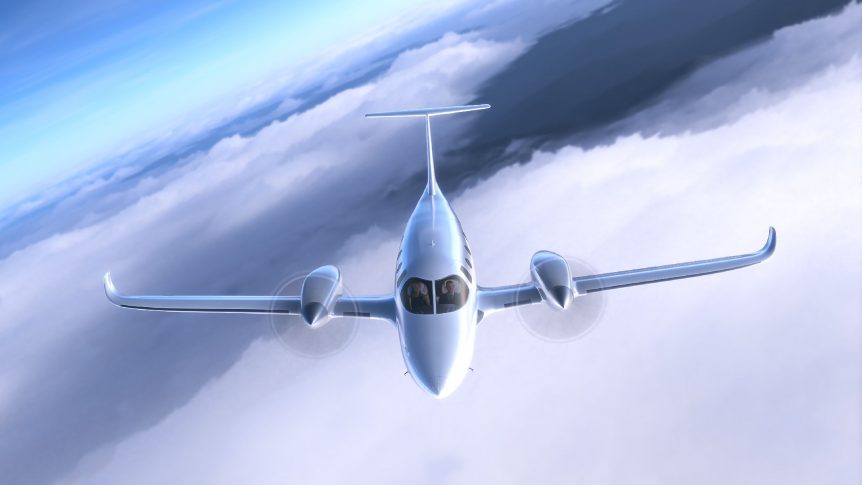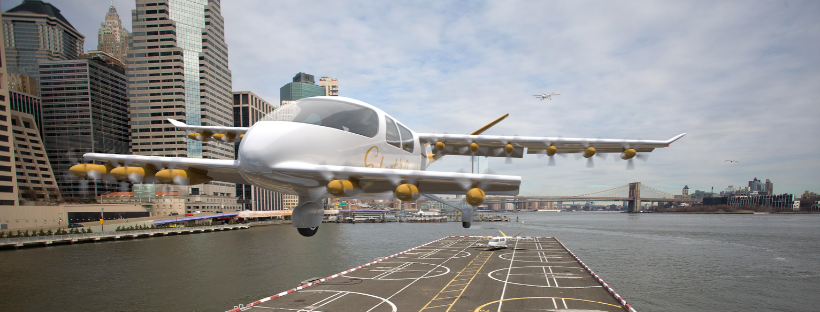Monash University announced a new type of electric aircraft motor and the promise of a fuel that could power everything from your smart watch to your airplane in the future. Both rely on unique ways of seeing the physical world around us. The Kite Magnetic Motor Charles Alcock, writing for FutureFlight.com, discusses Kite Magnetics’ 120 kilowatt (160 horsepower) electric propulsion unit (EPU) intended for a variety of light aircraft applications. part of a program at Monash University in Melbourne, Australia, the motor could find applications in “conventional fixed-wing aircraft, as well as eVTOL and eSTOL designs, high-altitude satellites, and wing-in-ground craft,” according to the University. At its core, the motor relies on the University’s patented Aeroperm™ magnetic material. This lightweight nanocrystalline substance is part of a soft amorphous metal matrix. Unlike traditional iron materials in motors, however, Aeroperm does not exhibit iron’s normal “lossiness.” Instead, it loses energy at “one-tenth the rate of existing magnetic materials used in current electrical …
Piaggio’s Electric or Hydrogen Concept – Not Yet
Clearing the Fumes Charles Alcock reports for FutureFlight.com, and shares that, “Piaggio Aerospace is laying plans for a possible hydrogen-electric business aircraft featuring a completely new airframe.” Piaggio is probably better know for the Vespa scooters that dot Italian boulevards, Those have even gone electric, a saving grace for pedestrians along the strada who won’t have to inhale two-stroke engine fumes. Piaggio makes two versions of its Elettrica – 45 Km/H (28 mph) and 70 Km/H (43.5 mph). Both powered by a four kilowatt (5.36 horsepower) motor, driven by a 48 Volt, 25 kilogram (55 pound) battery. The speed difference seems to be a software/firmware setting that limits the slower scooter to a regulated speed. It would seem almost natural, then, that the company would electrify its next aircraft. It’s not that simple, according to Piaggio’s Chief Technology Officer. Piaggio Aerospace Piaggio is an industrial giant, established in 1884 and building aircraft since 1915. The firm built single-, twin-, three-, and …
Eviation Moves Alice’s Tail – to Washington
Israel’s Eviation has moved its manufacturing resources to Arlington, Washington, north of Seattle. There, they are making an all-new version of Alice, changing its configuration from “V”-tailed to “T”-tailed and its power from tri-motor to bi-motor. The revised craft will be powered by two Magni650 power units, a package that includes a 640 kilowatt (850 shaft horsepower) motor, four magniDrive-100 inverter/motor control units, and “a closed-loop integrated thermal management system.” A New Alice Charles Alcock, reporting in FutureFlight.aero, says Eviation Aircraft confirms plans to make a first test flight of the redesigned craft by year’s end and have the new Alice certified and entering service in 2024. Obvious changes include a clean, high-aspect ratio wing and pylon-mounted motors flanking the “T” tail. According to Alcock’s report, a company spokeswoman explained, “We moved from a V-tail to a T-tail to optimize performance and handling and make it easy and reliable for pilots to seamlessly transition to flying the aircraft.” Two crew …
Archer Debuts – Meet Its Maker
Immersive Introduction Amidst stage smoke and Hollywood-style dazzling lights, Archer Aviation “flew” its Maker into public view two weeks ago. On an immersive cinema platform in a hangar in Hawthorne, California, Maker emerged amid all the pounding two drummers could produce. It seemed to hover above the varied scenery over which it appeared and the on-stage and on-screen special effects were special indeed. The cynosure of the hoopla, however, was strangely static, even though its guiding lights were highly animated. Co-founders and Co-CEOs Brett Adcock and Adam Goldstein performed flawlessly in promoting their creation, adding to the professionalism of the event. Since the event was inside, and the crowd was allowed to come on stage under the rotor blades, it was probably prudent to have the motors raised and inactive. Less static in this Computer Fluid Dynamics (CFD) rendering, the Maker displays the flow around its 12 rotors in vertical flight. Since battery tests are underway, perhaps soon we will …
Bye, Oxis, Safran Create Electric Business Liner
Bye Aerospace, Oxis Energy and the Safran Group have introduced an, “Eight-seat all-electric twin turbo-prop class airplane, the eFlyer 800™.” It’s a fascinating combination of new airframe, new batteries, and new motors. An American airplane powered by English batteries and propelled by French motors will be an international accomplishment, to say the least. The Airplane Maybe not coincidentally with Earth Day, Forbes magazine ran the following introduction. “Bye Aerospace has announced an eight-seat all-electric twin turbo-prop class airplane, the eFlyer 800™, in response to growing demands for regional all-electric airplanes with significantly reduced operating costs, plus increased capacity and utility.” The craft, roughly equivalent to a Beechcraft King Air 260 in every respect except range, will be a fully-electric luxury machine capable of carrying one or two pilots and up to seven passengers. Cruising at up to 320 knots (368 mph) at 35,000 feet would make quick business of its 500 nautical mile (575 statute mile) range. It will have …
eCSTOL: Longer Range Commutes on Less Power
Competition is growing in the electric Vertical Take Off and Landing market, with 407 potential builders listed in eVTOL News. Vertical flight takes power, though, and with available batteries limiting range, most such vehicles can make only short hops. Alternatives that allow speedier, longer flights, in the form of electric Conventional Short Take Off and Landing (eCSTOL) aircraft are in development. Such craft offer the benefit of requiring less power for takeoffs and climbs, being more aeronautically-based than power-based. Airflow, for instance, claims operating costs for their eCTSOL craft is one-third that of an eVTOL or helicopter. We will look at three eCSTOL craft that seem to making headway at this time. The infrastructure (in two cases below) to support their flight may already exist. Airflow Curt Epstein, writing in Future Flight, under the headline, “Infrastructure Needs for eSTOL and eVTOL Aircraft May be Closer than Imagined,” notes the “intense study” being undertaken. Speaking at the Vertical Flight Society’s Electric …

